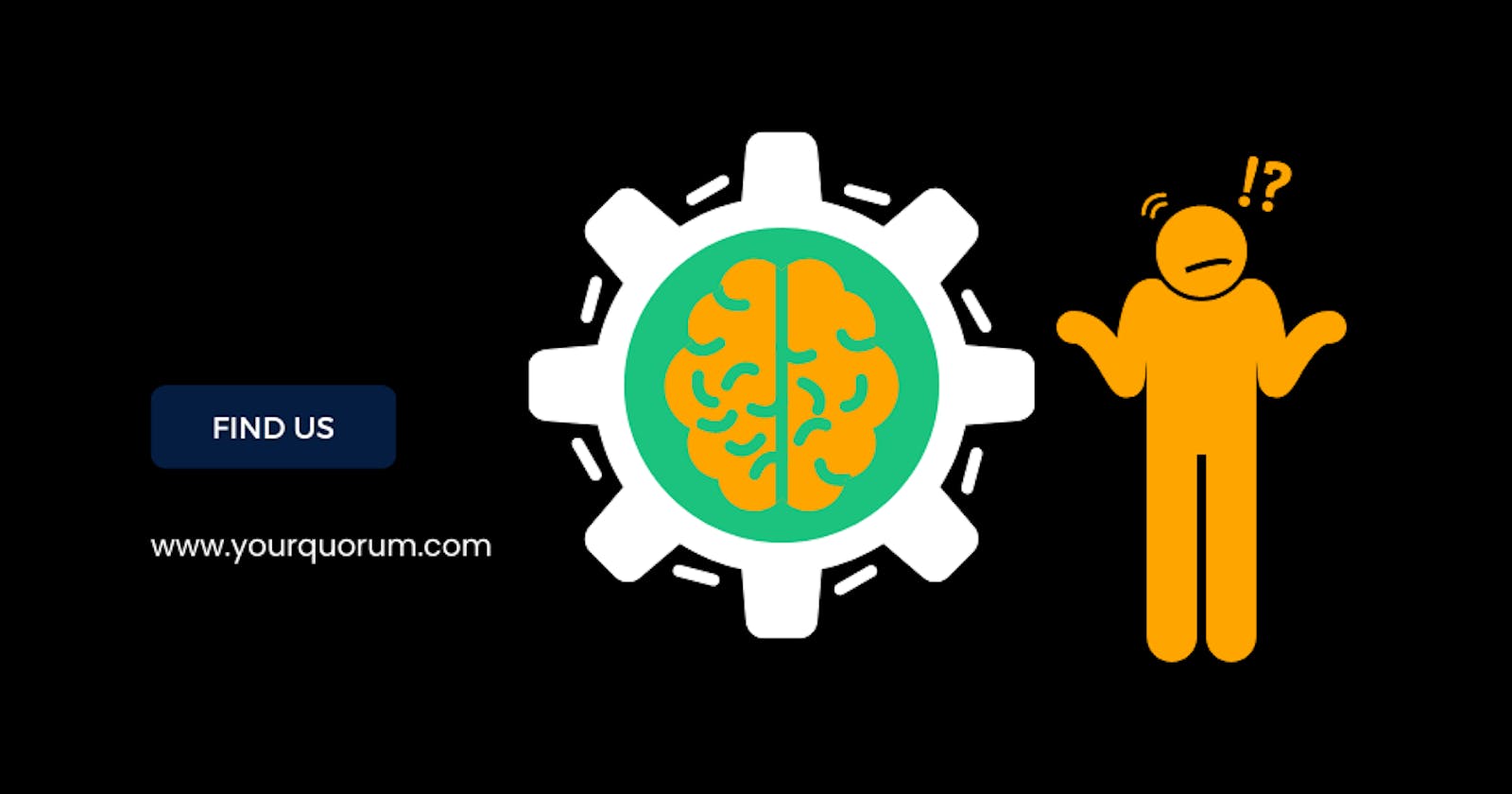The term “machine learning” is often mistakenly confused with artificial intelligence [JB1], but machine learning is actually a sub-term.
Field type/AI. Machine learning is also often referred to as predictive analytics or predictive modeling.
The term “machine learning” was coined by American computer scientist Arthur Samuel in 1959 and is defined as “the computer’s ability to learn without being explicitly programmed”.
In its most basic form, machine learning uses programmed algorithms that receive and analyze input data to predict output values within an acceptable range. As these algorithms are fed new data, they learn and modify their operations to improve performance, developing “intelligence” over time.
There are four types of machine learning algorithms: supervised, semi-supervised, unsupervised, and enhanced.
Read More: What Are The 3 Basic Types Of Machine Learning Problems?
Supervised teaching
In supervised learning, the machine is taught using examples. The operator provides the machine learning algorithm with a known set of data that contains the desired inputs and outputs, and the algorithm must find a way to figure out how to get those inputs and outputs. While the operator knows the correct answers to the problem, the algorithm identifies patterns in the data, learns from observations, and makes predictions. The algorithm makes predictions and the operator corrects them. This process continues until the algorithm reaches a high level of accuracy/performance.
Under the Decline of Supervised Learning: Classification, Regression, and Prediction.
Classification: In classification tasks, the machine learning program must draw and determine a conclusion from the observed values which category the new observations belong to. For example, if the emails are filtered as “spam” or “not spam”, the program should analyze the existing observation data and filter the emails accordingly.
Regression — In regression tasks, the machine learning program must estimate and understand the relationships between variables. Regression analysis focuses on one dependent variable and a number of other changing variables, which makes it particularly useful for predictions and forecasting.
Forecasting — Forecasting is the process of making predictions about the future based on past and current data and is often used to analyze trends.
Read More: Do Machine Learning Engineers Need To Know Data Structures And Algorithms?
Semi-supervised learning
Semi-supervised learning is similar to supervised learning, but uses labeled and unlabeled data instead. Labeled data is basically information that has meaningful labels to help the algorithm understand the data, while unlabeled data lacks such information. By using this Combined, machine learning algorithms can learn to label unlabeled data.
Unsupervised Learning
The machine learning algorithm examines the data to identify patterns. There is no answer key or human operator giving instructions. Instead, the machine determines connections and correlations by analyzing available data. In an unsupervised learning process, the machine learning algorithm has to interpret large sets of data and process that data appropriately. The algorithm tries to organize this data in some way to describe its structure. This may mean grouping data into groups or organizing it in a way that makes it appear more organized.
The more data you evaluate, the better and more accurate your ability to make decisions on that data.
Under the umbrella of unsupervised learning fall:
Clustering: With clustering, similar data sets (according to defined criteria) are grouped together. This is useful for segmenting data into multiple groups and performing analysis on each data set to find patterns. Dimension reduction: Dimension reduction reduces the number of variables considered to find exactly the information needed.

